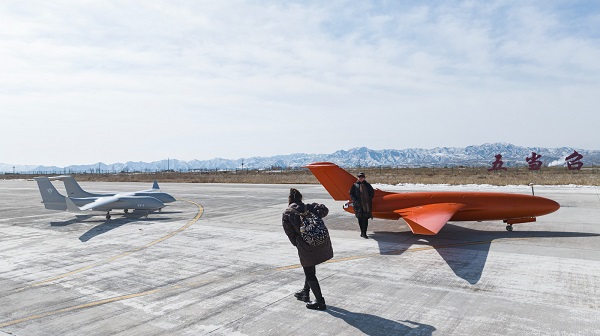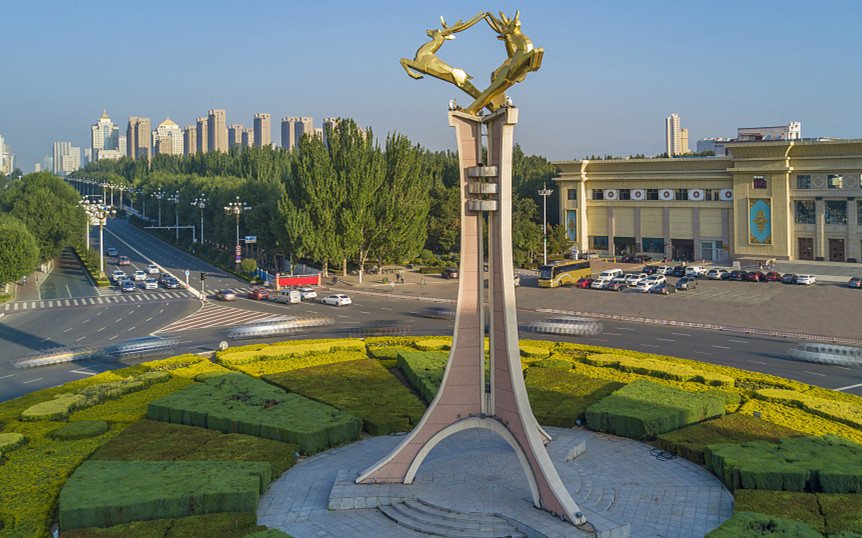Baotou's emerging low-altitude economy
Since the beginning of this year, Baotou has seized the strategic opportunity to develop low-altitude economy.
Relying on its unique airspace resources, comprehensive manufacturing facilities, and abundant raw material production areas, the city has accelerated the cultivation of new quality productive forces and made every effort to create a new engine for economic growth, injecting strong momentum into the development of the low-altitude economy.
Baotou has established the largest unmanned intelligent system research and training base in China, as well as the largest unmanned aerial vehicle (UAV) training and license examination base in the Inner Mongolia autonomous region, by relying on the city's airports.

Baotou Wudangzhao Airport. [Photo/Baotou news network]
Over the past two years, it has attracted a number of low-altitude industrial projects, integrating the city's equipment manufacturing advantages with the localization of UAV core components, filling the gap in innovative talent, and creating a considerable number of job opportunities.
Baotou Transportation Investment Group Co has deployed four UAV takeoff and landing platforms equipped with remote sensing equipment at multiple toll stations, covering a total area of approximately 468 square kilometers. This forms a low-altitude service matrix that combines low-altitude inspection, basic surveying, and emergency rescue.
Low-altitude application scenarios are expected to continue expanding in Baotou, as the city's meteorological, ecological, and emergency departments utilize UAVs to conduct daily tasks, including meteorological disaster assessment and infrared monitoring.





 Ice floats & swans in Baotou
Ice floats & swans in Baotou